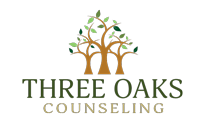Why is counseling different for children and adolescents?
While there are some young people who will ask to talk to someone about their feelings, most children and adolescents tend to express unshared feelings through actions. They are not able or willing to tell caregivers what is going on with their words, but one might be able to see it in other ways. Children and adolescents in counseling tend to respond to play, art, experiential, and creative learning processes.
How can an experienced therapist help?
We hear from some parents that they feel not being able to help their child on their own is a failure of sorts. If that is you, please know that this is not a weakness. Showing your child that it’s ok to ask for help is a strength and a skill for them to learn. It can take a village to grow successful young people, and we as therapists look forward to being part of your child’s “village.”
Therapy isn’t a one-meeting process at any age. Building rapport and trust take time, especially just seeing someone an hour every week or every other week. It is a good boundary to develop trust before telling someone everything about yourself. We can’t make your child change though. We can teach them the tools and help them to gain insight, but they have to want to make these changes too. Even once we start making progress, there can still be regression from time-to-time. Therapy is a process. Through this process, we will teach your child valuable skills that will aid them through their entire life.
To name just a few:
● Emotional regulation
● Coping tools
● Trigger recognition
● Warning signs
● Positive communication
● Social skills
● Problem-solving skills
Infants and Toddlers
For infants and toddlers, play therapy tends to be the main intervention used. Play therapy helps children learn about emotions and allows them to express themselves through actions when they might not have the words to explain what is going on inside of them.
Elementary school age
For elementary-aged children, play therapy is still used, but skills teaching may also be incorporated. Therapists want to meet the children where they are developmentally. If a concept is too big for them, we will begin with easier ideas. At such a young age, feelings identification, learning coping tools, or Zones of Regulation© might be incorporated along with play.
Middle school age
Towards middle school ages, less play therapy is used and other creative processes, like art, may be incorporated. Skills like coping tools will still be taught, but more aspects of Cognitive Behavioral Therapy (CBT) may be introduced. CBT is based on the idea that how we think, feel and act are all interdependent. The therapist will work together with your child to teach them how their thoughts can influence their feelings and actions. We will then help them challenge automatic thoughts and thought distortions so that they can improve how they feel and behave going forward.
Dialectical Behavior Therapy (DBT) is another method that may be introduced. With DBT, we can help your child learn how to accept situations that are not in their control, how to regulate their emotions, and improve their distress tolerance.
High school age
CBT and DBT skills training will continue into high school ages. We will also work on identifying thought patterns that are keeping them “stuck.” Developmental skills in adolescence include finding independence and identity formation. We always want to be supportive of this while also teaching them the skills that will help them to successfully manage emotions and interact with others effectively.
Regardless of age, we are always looking at cognitive and developmental abilities to make sure that the young person can grasp what we are teaching. As mentioned earlier, we meet them where they are and go from there.

Stephanie Arsenault, MA, LPC-S
Stephanie is a child and adolescent therapist in Georgetown and West Lake Hills.

